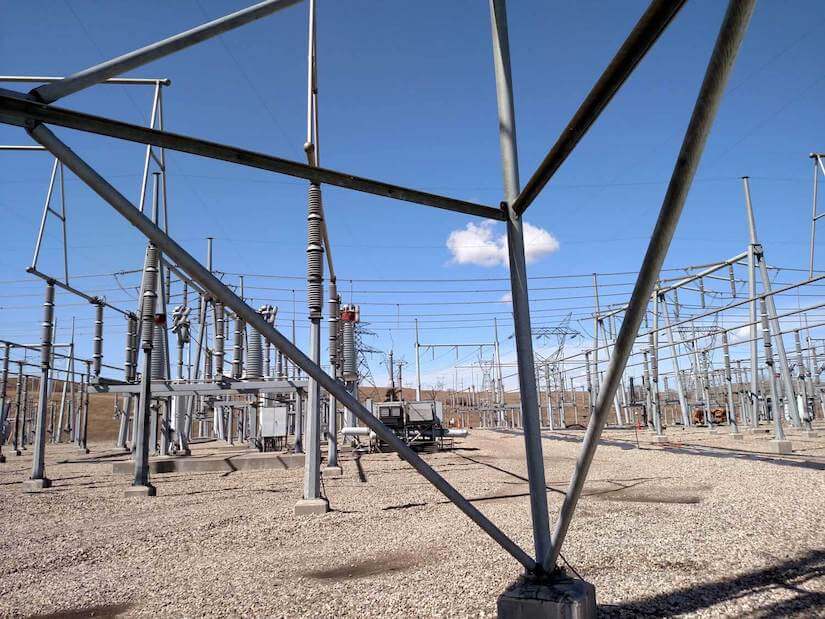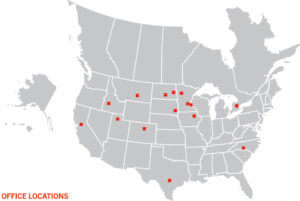Unleashing the Power to Interconnect, Part 1

April 15, 2021
This is the first in a series of blogposts about how Ulteig creates connections between clean energy developers and utilities. In today’s fast-paced clean energy world, relying on an engineering firm that has gained the trust of both utilities and clean energy developers is critical to success. In upcoming blogposts, watch for stories about how Ulteig made a difference for its clients.
Across the U.S., there’s a boom in wind and solar installations as energy developers and utilities race toward a new carbon-free future being driven by market forces, cultural expectations and government goals and mandates.
But there’s one thing that is slowing the momentum behind this clean energy boom – interconnecting a newly built renewable energy facility, such as a wind or solar farm, with the electrical grid. It’s a pain point that can delay the connection of a new renewable energy development with the electrical grid for months if not years. It’s an issue that taxes the patience of both developers, which must wade through cumbersome paperwork and slow approval processes, and utilities, whose engineering staffs are often juggling competing demands, including dealing with requests for interconnecting with new distributed energy resources (DERs).
According to Chad Crabtree, Ulteig’s Market Director for Renewables, in some regions of the country, the Transmission Operator (TO) will provide an option for the renewable operator to self-build a Point of Interconnection (POI) substation. For example, some major utilities offer a self-build option so long as the EPC contractor and the engineering firm selected for the project are on the TO’s pre-approved list. This option can cut considerable time and costs in connecting a new renewable facility to the electrical grid.
“At Ulteig, we have more than 75 years of experience working in the power industry, both with utilities and clean energy developers,” said Crabtree, “we intimately understand this alternative interconnect process for clean energy developers. Because we can leverage our experience with utilities across the country, we can help clean energy developers navigate this process.”
Ulteig’s substation team has a deep level of experience and expertise in conducting interconnect projects for renewables and understands how to alleviate the bottle necks in the process. Ulteig currently holds more than 60 Master Service Agreements with power utility clients and employs 245 substation employees who have experience supporting both utilities and clean energy developers.
“The self-build interconnection option is something we hope to see more utilities and developers consider,” said Crabtree. “We can help renewable developers and utilities work in unison to bring projects online faster.”
When Ulteig is invited, as the engineer, to assist with an interconnect process, the Ulteig substation team will take the design for the interconnect in-house where it will streamline the process for the developer and utility to ensure the proper balance between both parties.
“Ulteig is uniquely positioned to support self-build options because of our role on both the utility and the renewable developer sides,” said Sarah Beckman, P.E., Ulteig’s Program Director for Key Power Clients. “Because of our strong relationships and portfolio of work with utilities, we work with developers to ensure the interconnection meets the utility requirements. On the other side, we offer the utility recommendations on cost and time saving measures because of our expertise with renewables developers.”
WHAT MAKES ULTEIG DIFFERENT?
From global energy producers to locally funded cities and private developers to government agencies, the clients we serve encompass a broad range of relationships and projects. Find out why Ulteig is a leader in the engineering industry.
Contact Us

